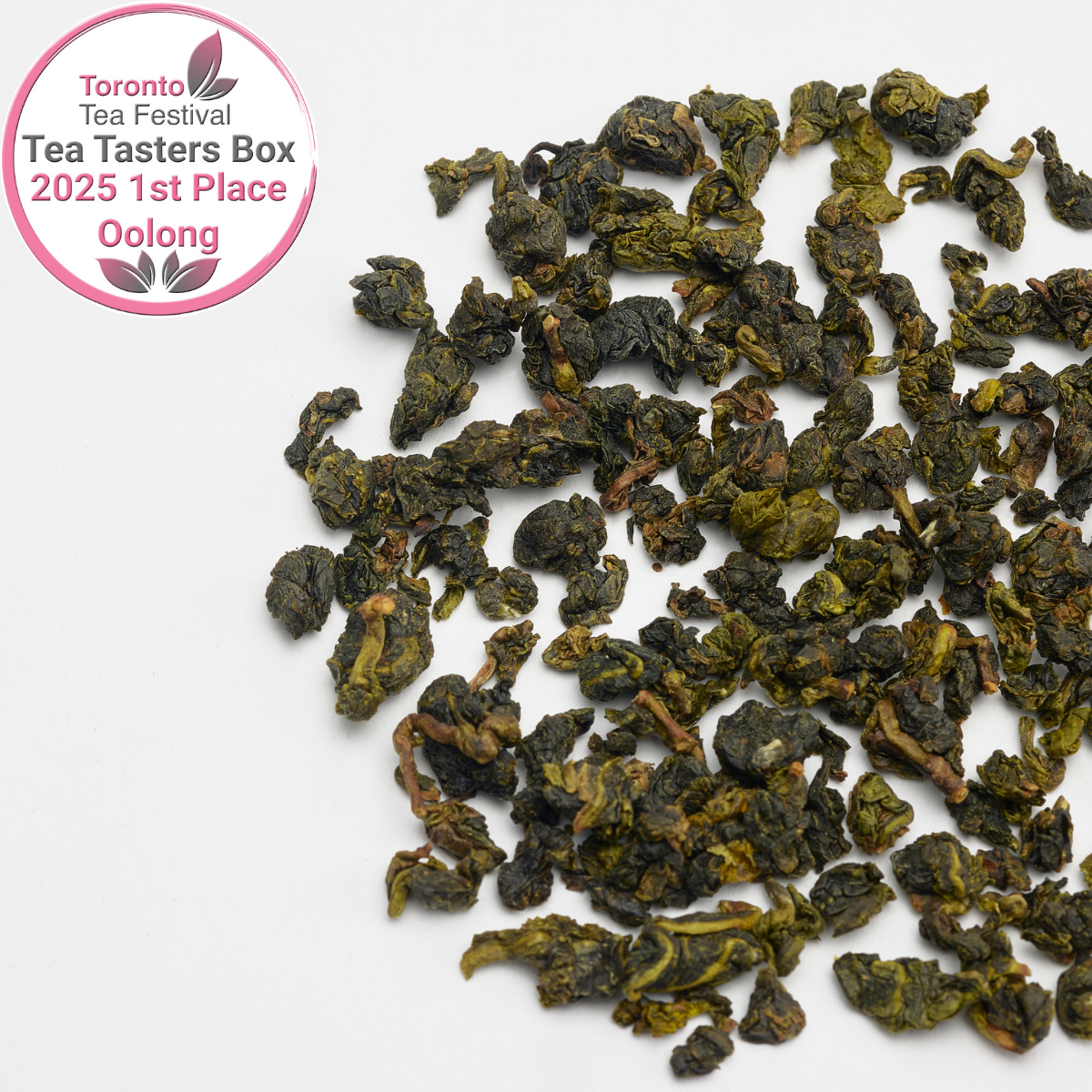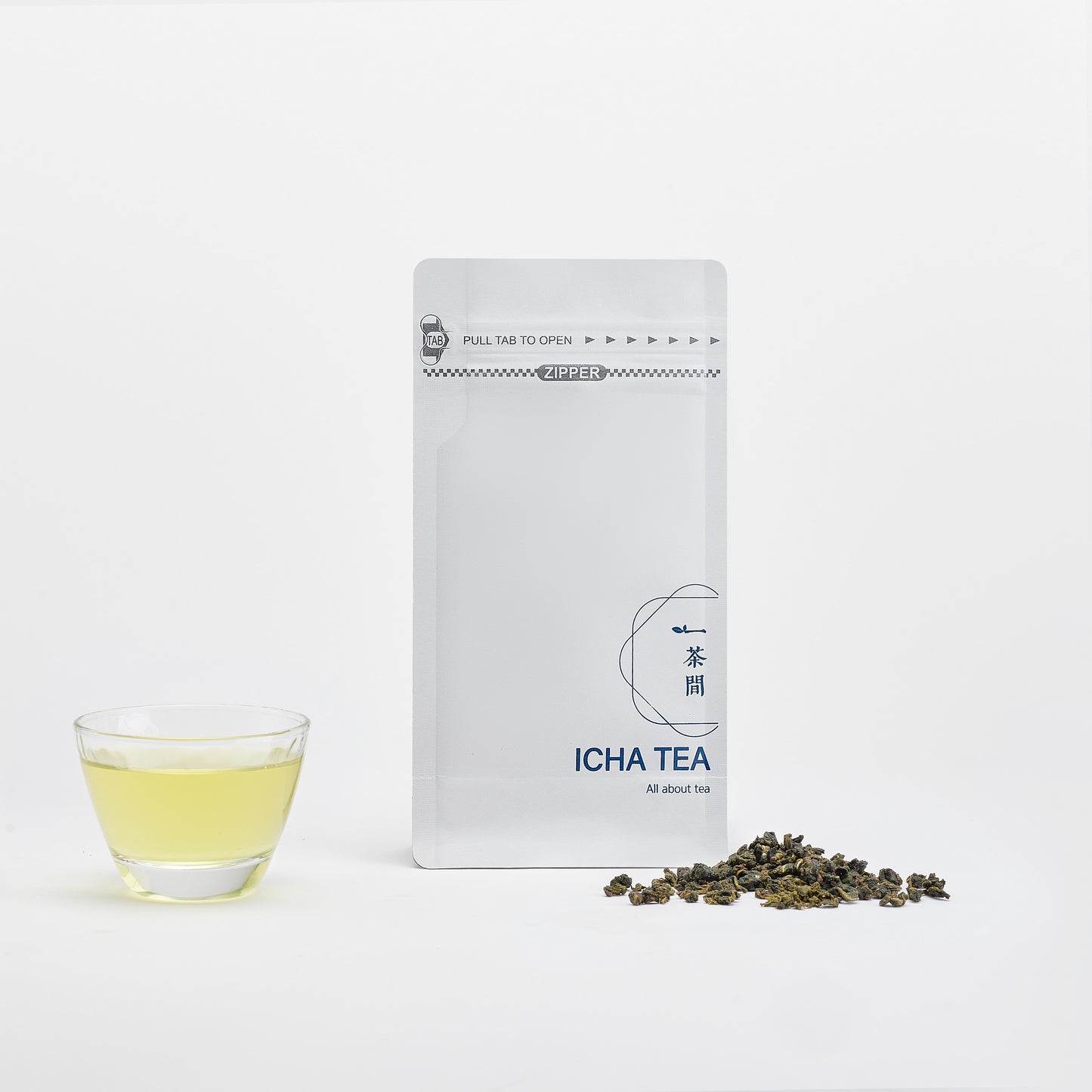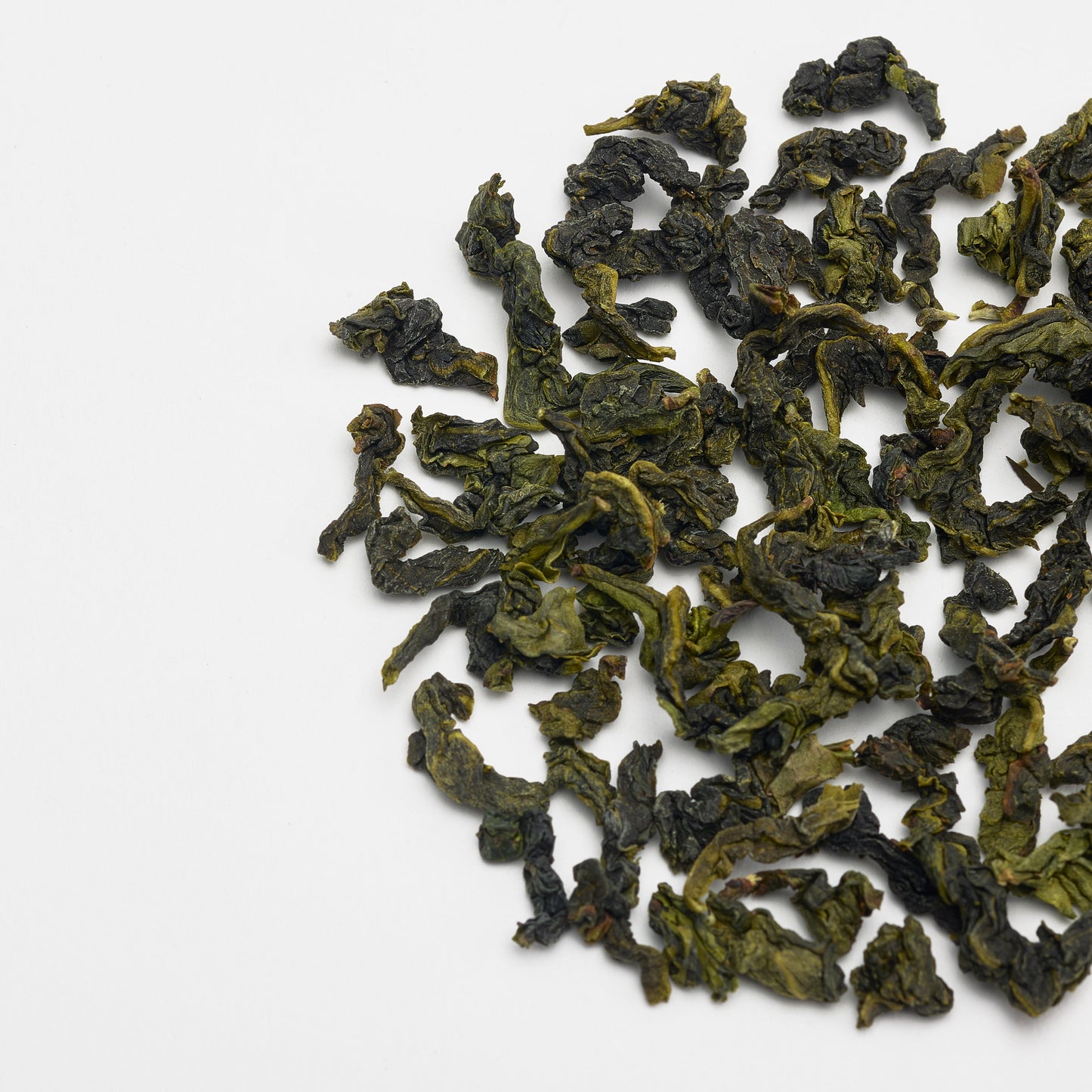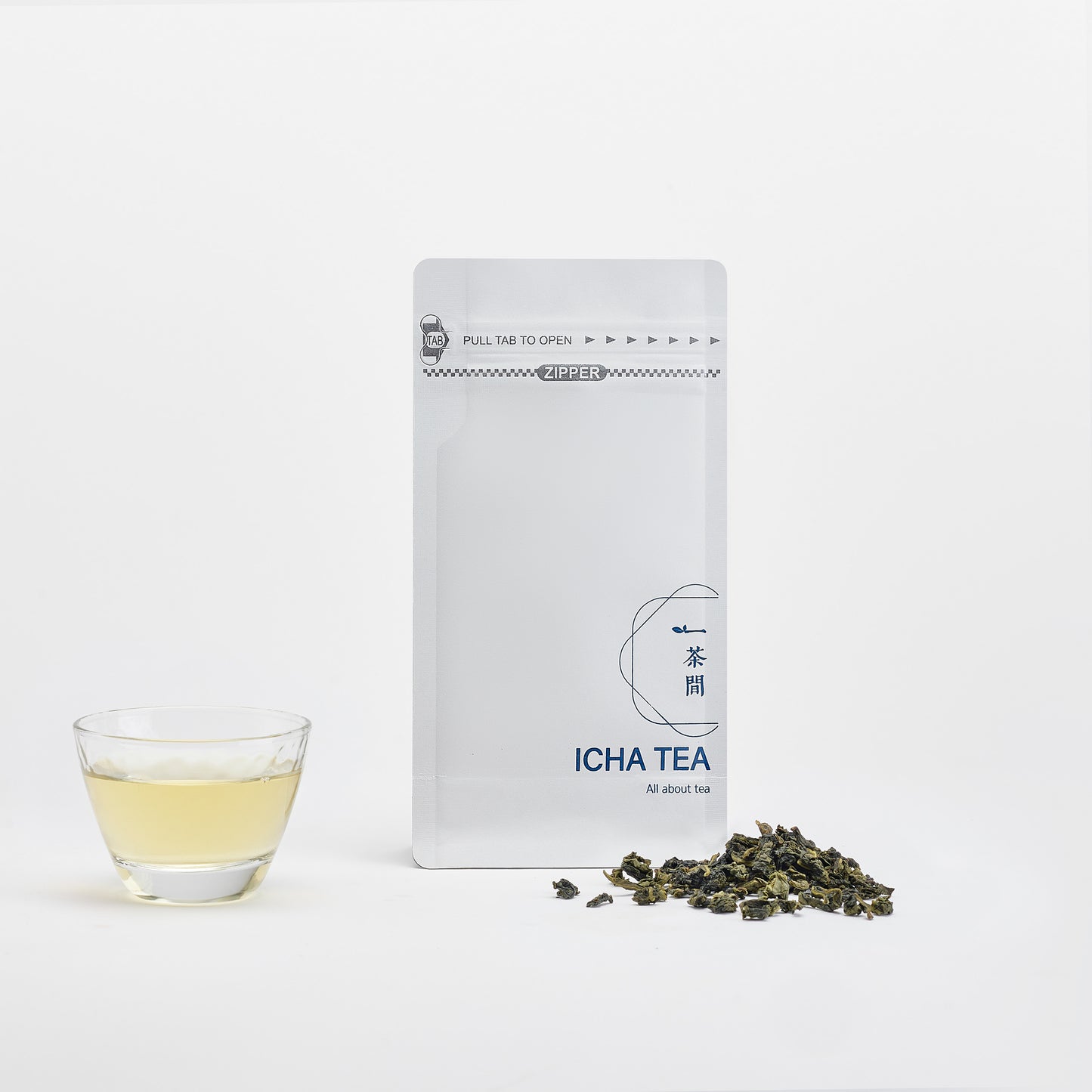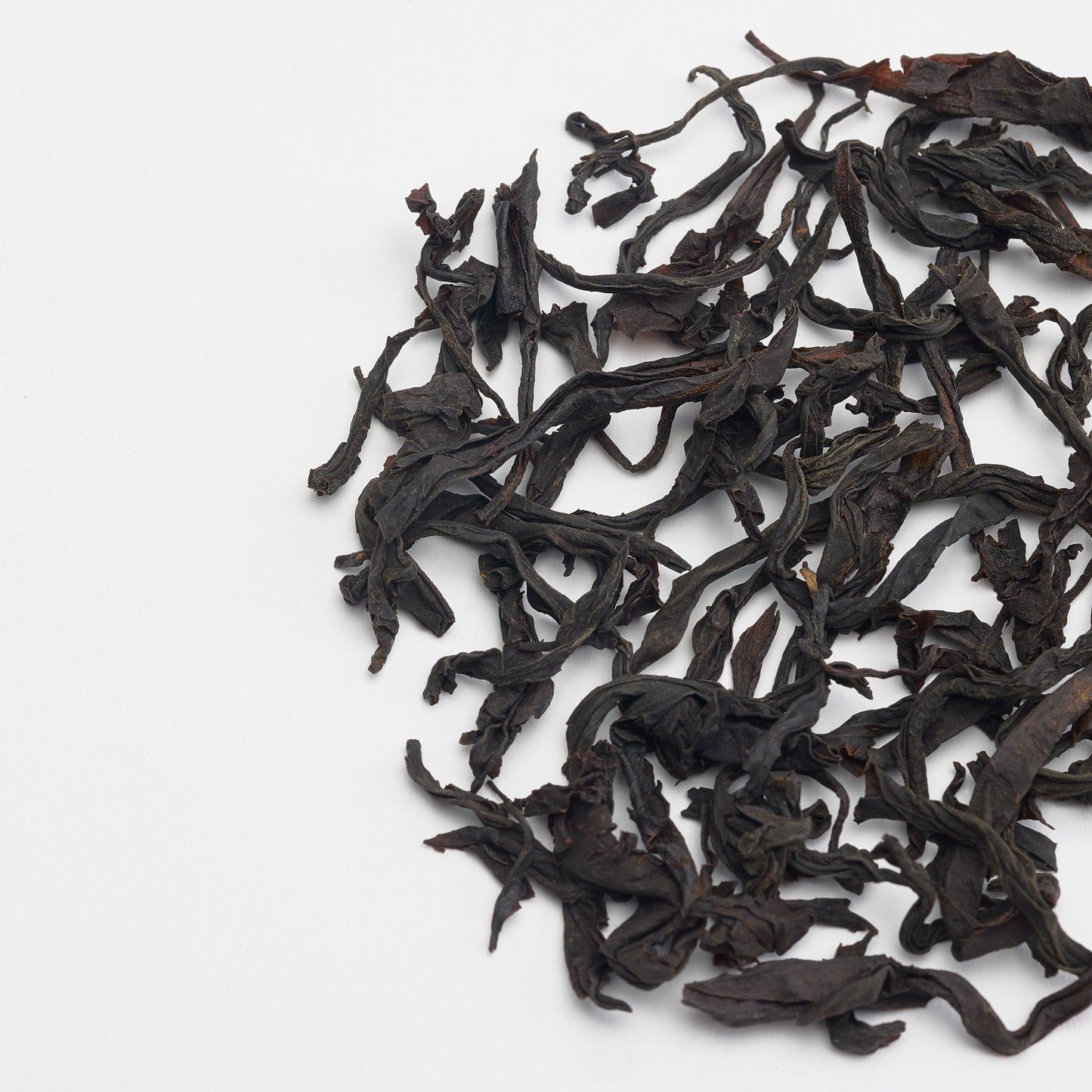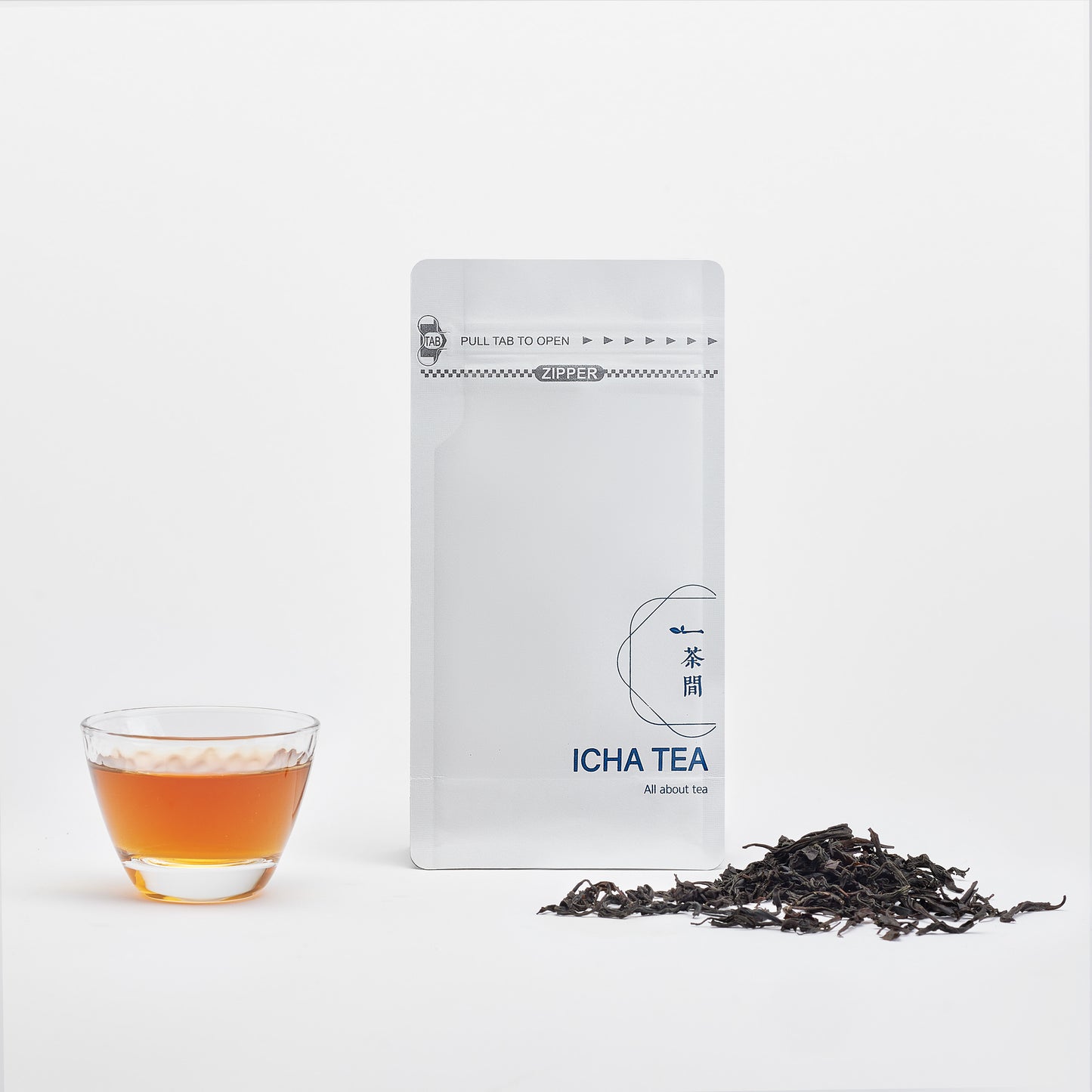
Matcha, the vibrant green powder that has captured hearts worldwide, carries centuries of tradition in every whisp of its bamboo whisk. While many enjoy this remarkable tea in lattes and desserts, few are aware of the captivating stories behind its development. Through careful research, we've investigated four intriguing historical claims about matcha that revealing how innovation, accident, and artistry have shaped this beloved beverage.
1. The Ancient Art of Shade: A 400-Year-Old Innovation
One of matcha's defining characteristics comes from growing tea plants under shade, a practice that transforms ordinary tea leaves into something extraordinary. According to multiple sources, this shading technique emerged in Japan over 400 years ago during the 16th century.
The most traditional method, known as Honzu, dates back at least 400 years and involves creating shelves covered with screens of reeds and straw mats¹. This labour-intensive technique allows for superior air and moisture circulation compared to modern synthetic materials. As one source explains, "In the 16th century, shading the tea plants from sunlight with Tana canopies began – a process which is the origin of today's Matcha and Gyokuro teas"².
But why shade tea plants at all? The science behind this ancient practice is fascinating. When tea plants are deprived of direct sunlight, they undergo a remarkable transformation. The plants work harder to capture any available light, producing more chlorophyll – the compound that gives plants their green colour. This is why shaded tea leaves develop such an intense, vibrant green hue compared to regular tea.
More importantly, shading triggers changes in the plant's chemistry. In full sunlight, tea plants convert amino acids (particularly L-theanine) into catechins, which are responsible for the bitter and astringent taste in tea. By blocking the sun, farmers essentially pause this conversion process. The result? Tea leaves that are packed with L-theanine, giving matcha its characteristic umami flavour, that savory, almost broth-like sweetness that distinguishes high-quality matcha from regular green tea powder.
(Learn more about how l-theanine in matcha helps reduce stress and anxiety)
While modern farmers often use synthetic black mesh for efficiency, some still swear by traditional methods. The shading process typically begins about 20-30 days before harvest. First, farmers might block about 70% of sunlight, then gradually increase the shade to 90% or even 95% for the highest grades. This gradual process allows the plants to adjust while maximizing the beneficial chemical changes.
2. October's Secret: The Six-Month Journey from Harvest to Cup
Here's something that might surprise even seasoned tea drinkers: while matcha leaves are harvested in spring (April-May), they weren't enjoyed until October or November. This isn't about a second harvest – it's about patience and transformation.
According to Ooika, a specialized matcha producer, "matcha has always been a seasonal commodity which is harvested in April-May. Following matcha is typically aged (known as Jukusei) until November. This aging period reduces some of the sharp, raw notes of the matcha and gives it a smoother mouthfeel. Not unlike aging wines or scotch"³.
This aging process might seem counterintuitive in our modern world where "fresh is best," but it serves an important purpose. Freshly processed matcha can have sharp, aggressive flavours. Sometimes described as "raw" or "grassy." During the aging period, these harsh notes mellow out, and the flavours integrate and harmonize. The tea develops a rounder, more balanced profile that showcases the natural sweetness and umami without the sharp edges.
The leaves aren't ground into powder immediately after harvest. Instead, they're processed into something called tencha – the precursor to matcha. These processed leaves are then stored in special conditions, often in refrigerated rooms or traditional storage jars, where temperature and humidity are carefully controlled. Only when the tea has properly aged is it ground into the fine powder we know as matcha.
After this six-month aging period, there's even a traditional tea ceremony called Kuchikiri Chaji – essentially the "tea new year." The name translates to "mouth cutting," referring to cutting the paper seal on the ceramic storage jar (chatsubo). This ceremony, typically held in November, marks the official opening of the aged matcha, celebrating its transformation from sharp and grassy to smooth and mellow. It's a moment of anticipation similar to opening a well-aged wine, where tea masters and enthusiasts gather to taste the first matcha of the season.
3. A Happy Accident: The Birth of Gyokuro in 1835
Sometimes the greatest discoveries happen by chance. In 1835, a tea merchant named Yamamoto Kahei (the sixth generation of the famous Yamamotoyama tea company) traveled from Edo (modern Tokyo) to Uji, Kyoto, to study tea production⁴. The Yamamotoyama company, founded in 1690, was already famous for popularizing sencha (regular green tea), but Kahei was always looking for innovations.
During his visit to the Kinoshita family's tea farm in Ogura village, Yamamoto noticed something unusual. Local farmers had been covering their tea plants with straw nets to protect them from frost – a practical measure that had nothing to do with flavour. That particular year's extended winter meant the plants stayed covered much longer than usual.
When Yamamoto tried processing these accidentally shaded leaves using traditional tencha methods, something unexpected happened: "as the tea leaves dried, they stuck to his hands, and when he tried to remove them forcefully, the tea ended up twisted into sticks"⁵. The leaves were noticeably different. Stickier, more pliable, and releasing a green residue.
Intrigued rather than discouraged by this "failed" batch, Yamamoto experimented with this sticky tea, repeatedly recreating and tasting it with fellow craftsmen. He discovered that when these twisted leaves were steeped in water, they produced a tea with "a refined flavor and a bright, lustrous color, like nectar"⁵. The accidental shading had created something entirely new.
He named it "Gyokuro" (jade dew or jewel dew) for its jewel-like colour and precious nature, and brought it back to Edo, where it became an instant sensation among tea connoisseurs. The name also reflected its premium status – this was a tea so special it was compared to precious jade.
Today, gyokuro is considered one of Japan's most prestigious teas, often even more expensive than matcha. While both are shade-grown, gyokuro is enjoyed as a whole-leaf tea, steeped at very low temperatures (50-60°C) to preserve its delicate flavors. This accidental discovery revolutionized Japanese tea culture and proved that innovation often comes from embracing the unexpected.
4. The Master Blender's Art: Creating Matcha's Complex Flavours
Unlike wine, which often celebrates single-vineyard bottles, traditional matcha is frequently a carefully orchestrated blend. Master tea blenders (chashi) taste individual batches of processed tea leaves (tencha) and combine them in specific proportions to create consistent, balanced flavours⁶.
But first, let's understand what these different tea varieties actually are. Just as wine has different grape varieties like Chardonnay or Pinot Noir, tea has different cultivars (cultivated varieties) of the tea plant, Camellia sinensis. Each cultivar has been carefully developed over decades or even centuries to exhibit specific characteristics:
Yabukita is the workhorse of Japanese tea, accounting for about 75% of all tea production in Japan. Developed in the 1950s, it's hardy, frost-resistant, and produces reliable yields. In matcha, Yabukita contributes a classic green tea character – fresh, slightly astringent, with a clean, crisp finish. Think of it as the "base note" in a perfume, providing structure and familiarity.
Okumidori (meaning "deep green") was developed specifically for shade-grown teas. It's known for producing an exceptionally vivid green colour and a smooth, mellow flavor with subtle nutty undertones. When used in matcha, Okumidori adds depth and roundness, softening any harsh edges and contributing to that creamy mouthfeel matcha lovers prize.
Saemidori is often considered the premium choice for high-end matcha. Developed by crossing Yabukita with Asatsuyu varieties, it was specifically bred to minimize bitterness while maximizing sweetness and umami. Saemidori contributes an almost milky sweetness to matcha blends, with delicate floral notes that linger on the palate.
This blending tradition serves multiple purposes. Different cultivars contribute distinct characteristics that, when combined, create a more complex and balanced flavour than any single variety could achieve alone⁷. Master blenders might combine Yabukita for structure, Okumidori for color and smoothness, and Saemidori for sweetness – much like a perfumer combines different notes to create a signature scent.
Blending also allows producers to maintain consistency across seasons and years. Since weather conditions can affect each harvest differently, skillful blending ensures that customers receive a consistent product year after year. Additionally, producers might combine harvests from different times – perhaps mixing the delicate first flush (picked in early May) with the more robust second flush (picked in June) to achieve a specific flavour profile⁶.
Modern matcha producers continue this tradition with great sophistication. For example, Sugimoto Tea Company's Organic Tencha combines "Sae Midori, Asanoka, and Oku Midori" cultivars, with each contributing unique aromatic notes from malty sweetness to hints of artichoke⁷. Some producers create single-cultivar matchas for connoisseurs who want to experience the pure expression of each variety, while others craft complex blends using four, five, or even more different cultivars.
The art of blending requires years of training and an exceptionally refined palate. Master blenders taste hundreds of samples, taking notes on each batch's characteristics: colour intensity, aroma, initial taste, mid-palate, finish, and aftertaste. They then create test blends, adjusting proportions until they achieve the desired profile. It's a process that combines scientific precision with artistic intuition.

Tradition Meets Transparency
While researching these claims, an interesting pattern emerged: much of matcha's history lives in practice rather than academic papers. The stories pass from generation to generation of tea farmers and merchants, preserved in the careful hands that shade the plants, harvest the leaves, and blend the final product.
This research reveals that gyokuro's invention story is the most well-documented claim, with multiple sources confirming Yamamoto Kahei's 1835 discovery. The shading tradition and blending practices are clearly established in current industry practice, though pinpointing their exact historical origins proves challenging. The six-month aging tradition, while practiced by some producers, appears less universally adopted than the other traditions.
Understanding these historical practices enhances our appreciation of matcha. When you open a tin of matcha, you're not just looking at ground tea leaves – you're seeing the result of 400 years of shading innovation, careful aging processes that span seasons, accidental discoveries that became treasured traditions, and the artistic blending of different cultivars to create the perfect bowl.
As matcha continues its global journey, these historical practices remind us that behind every bowl lies centuries of innovation, careful observation, and even the occasional happy accident. Whether you're whisking up a traditional bowl for meditation or enjoying a modern matcha latte with friends, you're participating in a tradition that spans over 400 years of continuous refinement and discovery. Each sip connects you to the farmers who discovered that darkness creates sweetness, the merchant who embraced a "failed" batch of sticky tea, and the countless tea masters who learned to blend different varieties into smooth, delicious final flavours.
The next time you prepare matcha, take a moment to appreciate not just its vibrant colour and unique flavour, but the centuries of human curiosity, craftsmanship, and happy accidents that made it possible.
You Might Also Enjoy:
- Top 10 Questions and Answers About the Benefits of Matcha
- Matcha Beauty Rituals, Japanese Secrets for Modern Skincare
- 3 Refreshing Matcha Beverages for Warm Weather
- Does Matcha Help With Weight Loss?
- How to Craft Starbucks Quality Matcha Lattes at Home
- What's Going On With This Matcha Shortage?!
- Order High-Quality Matcha here
References
- Tezumi. "A Deep Dive into Shaded Teas Part 1: History and Process." June 12, 2023. https://www.tezumi.com/blogs/tezumi-insights/a-deep-dive-into-shaded-teas-part-1-history-and-process
- Chai House. "History of Tea in Japan." August 8, 2022. https://chaihousellc.com/history-of-tea-in-japan/
- Ooika. "All about the Global Matcha Shortage (the Complete Guide)." April 9, 2025. https://ooika.co/learn/the-global-matcha-shortage
- Tea of Japan. "Gyokuro Tea History from the Edo Period." October 26, 2024. https://tea-of-japan.com/tea-of-the-month/gyokuro-tea-history/412/06/21
- Yamamotoyama Online Shop. "History of Yamamotoyama." https://yamamotoyama.co.jp/en
- Naoki Matcha. "How matcha is made in Japan." March 5, 2025. https://naokimatcha.com/blogs/articles/how-matcha-is-made-in-japan
- Sugimoto Tea Company. "From Leaf to Cup: How Matcha is Made." https://www.sugimotousa.com/blog/from-leaf-to-cup-how-matcha-is-made

